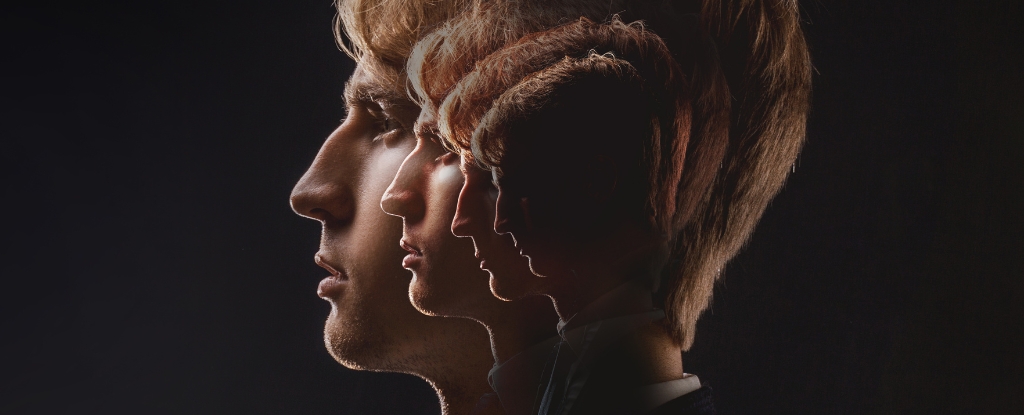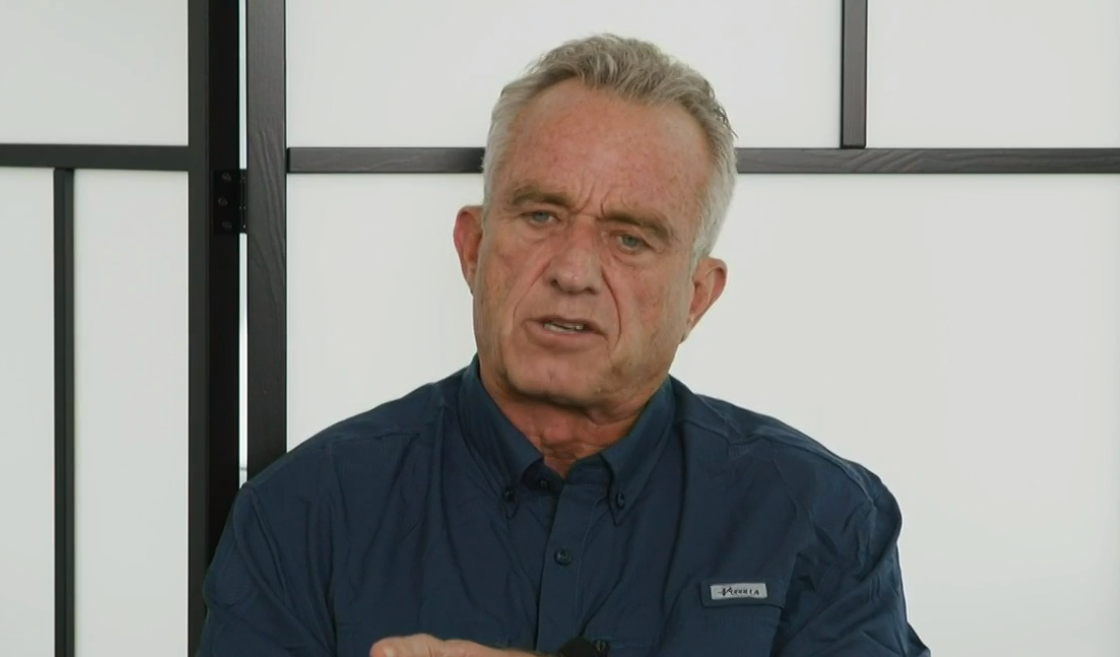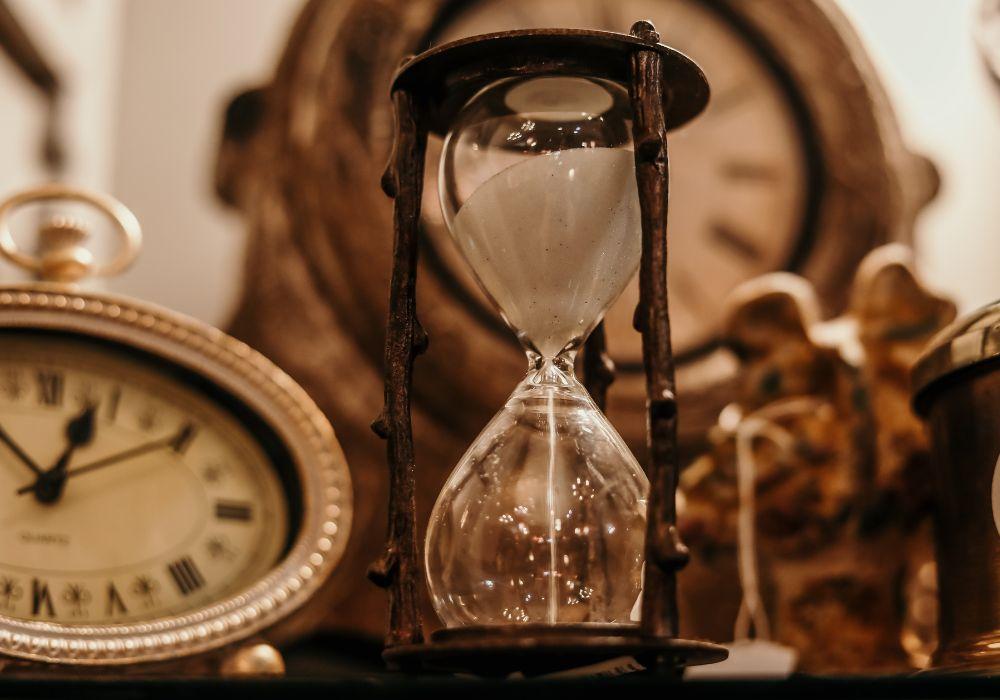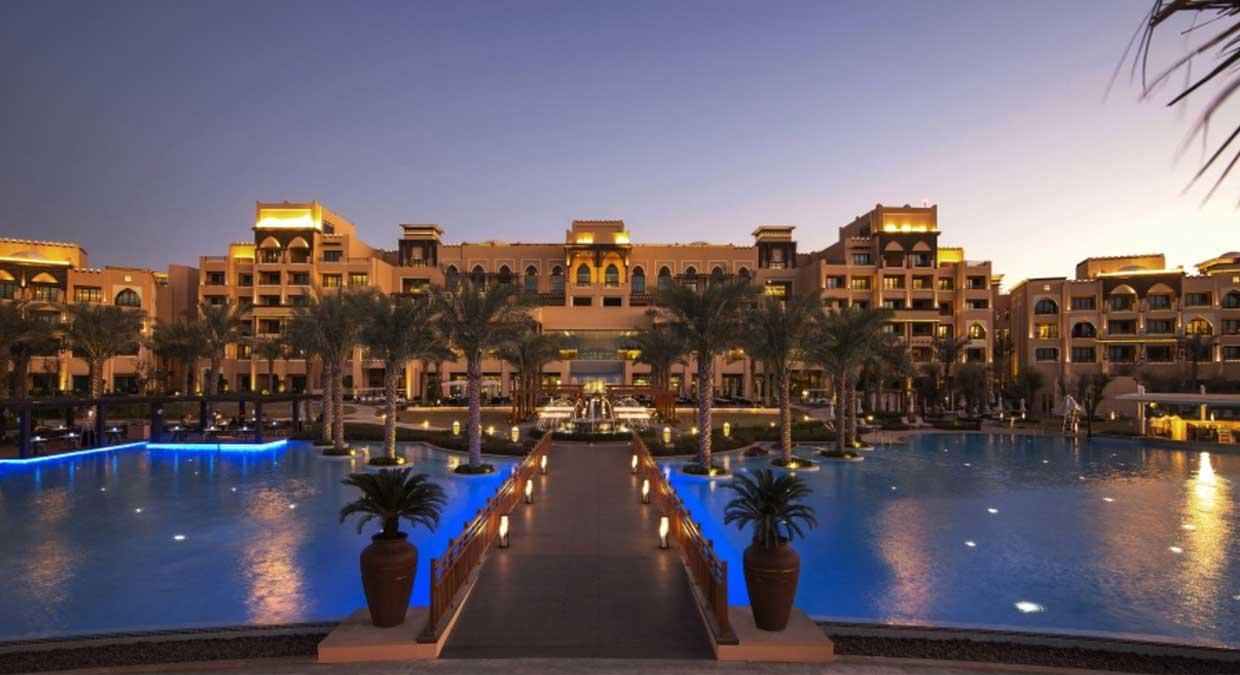Uzbekistan Pavilion at Expo 2025 Osaka draws on ancient Silk Road shelters
A forest-like cluster of wooden columns crowns the Uzbekistan Pavilion at Expo 2025 Osaka, designed by German studio Atelier Brückner as a nod to ancient shelters along the Silk Road. Named the Garden of Knowledge: A Laboratory for a Future Society, the pavilion comprises two storeys with exhibits showcasing both Uzbek heritage and contemporary innovations. The post Uzbekistan Pavilion at Expo 2025 Osaka draws on ancient Silk Road shelters appeared first on Dezeen.


A forest-like cluster of wooden columns crowns the Uzbekistan Pavilion at Expo 2025 Osaka, designed by German studio Atelier Brückner as a nod to ancient shelters along the Silk Road.
Named the Garden of Knowledge: A Laboratory for a Future Society, the pavilion comprises two storeys with exhibits showcasing both Uzbek heritage and contemporary innovations.
The Uzbekistan Pavilion's wooden upper level is intended to emulate a garden filled with trees, which has grown upwards from a brick-clad base representing soil and the earth.
According to Atelier Brückner, on a conceptual level, the design draws on caravanserais – shelters and spaces for exchange that once dotted the ancient Silk Road network between Europe and Asia.

"We call the pavilion a garden of knowledge and basically, the idea is a laboratory for future societies," said Atelier Brückner founder Shirin Frangoul-Brückner.
"The Silk Road was a place where different cultures meet, exchange ideas, exchange experiences, and I think explores exactly the idea of the Expo, that 160 countries come here," she told Dezeen.
"It's a place to learn of other countries, to experience other countries. And this is also the nature of our pavilion."
The pavilion occupies a triangular plot near the West Entrance of Expo 2025 Osaka, which is one of the smallest at the site and dictated the form and layout of the pavilion.
"It's a small plot, one of the smallest plots here on Expo, and we took the complete plot, so this is why it's a triangle," explained Frangoul-Brückner.
"It's a very practical and straightforward idea, but also, I think it's a special plot because we have three facades, and they are all visible to everybody."

Outside, the lower level is wrapped in reclaimed bricks sourced from across Japan, designed to represent soil and the earth. The top level is intended to mimic a forest that is growing from the soil.
Atelier Brückner's use of wood for the upper level is also a nod to the use of the material throughout Uzbekistan and Japan's history.

Inside, the ground floor features media installations exploring topics relating to sustainability, innovation and education in Uzbekistan, which the team describes as "seeds for the future".
Specifically, it showcases key projects in Uzbekistan related to the country's Strategy 2030 development plans and its UNESCO development goals, such as the country's renewable energy initiatives.
At its heart of the ground floor is a central platform, which slowly rises to the top level as viewers are immersed in 360-degree projections and soundscapes. This provides visitors direct access to the "garden" level.
"This is the emotional heart where visitors are fully immersed by this garden idea," said Frangoul-Brückner, "It's a moving platform which will bring us up to the which somehow connects the soil, which is the roots and the garden itself."

According to Atelier Bruckner, this platform is the first of its kind in Japan due to strict seismic legislation, which required it to be registered as a rollercoaster.
"When we had this idea, we didn't think that it would be a big deal, but this was really needed to be earthquake proof and it basically has the permission of a roller coaster," she said. "It is the only oving platform in Japan that was ever realised."

The top level has a modular wooden structure, which each column sourced locally from forests in Osaka. There are NFC tags on the columns, which visitors can tap with their smartphones to discover the forest from which each one was sourced, cut and processed.
While evoking a forest while also referencing the interior of the historic Juma Mosque in the city of Khiva in Uzbekistan.

The Uzbekistan Pavilion is complete with a VIP room on the ground floor, which has been designed in collaboration with Japanese-Lebanese designer Nada Debs. Debs crafted ceramic stools for the space, which draw on Uzebek craftsmanship.
There is also a pavilion shop lined with over 11,000 traditional tiles with a rich blue hue that Uzbek ceramicist Abdulvahid Bukhoriy Karimov created using age-old techniques.
Atelier Brückner was commissioned for the design by its longstanding collaborator Uzbekistan Art and Culture Development Foundation (ACDF) as part of its ongoing country-wide cultural campaign, comprising a series of projects aimed at amplifying Uzbekistan's cultural landscape to the world.
Umerov hopes the project will illustrate how Uzbekistan can build on its heritage while still "being contemporary".
"This is all part of the strategy, really, to move forward with the contemporary art," she said. "But of course, we're trying to build on the legacy, and for us, that's crucial."
Opening on April 13, the Expo 2025 Osaka is encircled by The Grand Ring, a vast wooden structure conceived by Sou Fujimoto Architects.
Other pavilions revealed by Dezeen so far include the demountable Mitsubishi Pavilion and the "grand yet minimalistic" USA Expo Osaka.
The photography is by Atelier Brückner, courtesy of ACDF.
Expo 2025 will take place in Osaka from 13 April 2025 to 13 October 2025. For more fairs, events and talks in architecture and design visit Dezeen Events Guide.
The post Uzbekistan Pavilion at Expo 2025 Osaka draws on ancient Silk Road shelters appeared first on Dezeen.








































































